1.800.221.5175
Mathematics
Sadlier PreK with Wiley Blevins
Knowledge-Building Early Childhood Program
Preview
|
Progress Mathematics
Grades K–8
Reading & Writing
From Phonics to Reading
Grades K–3
Building Reading Success with Wiley Blevins
Grades K–5
Vocabulary
Vocabulary Workshop, Tools for Comprehension
Grades 1–5
Vocabulary Workshop Achieve
Grades 6–12+
|



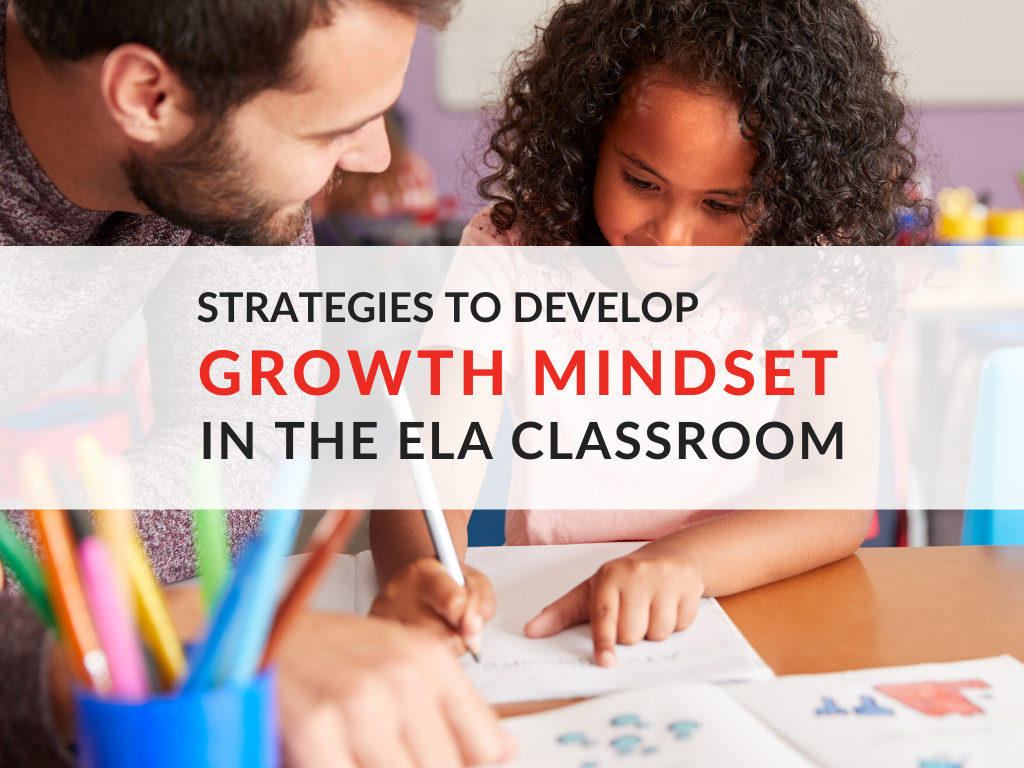
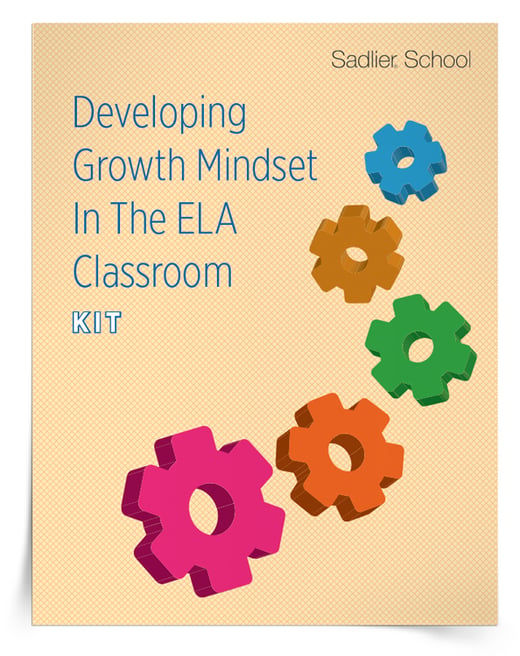

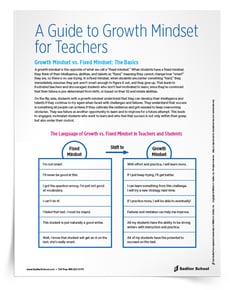 The first resource included in the kit is
The first resource included in the kit is 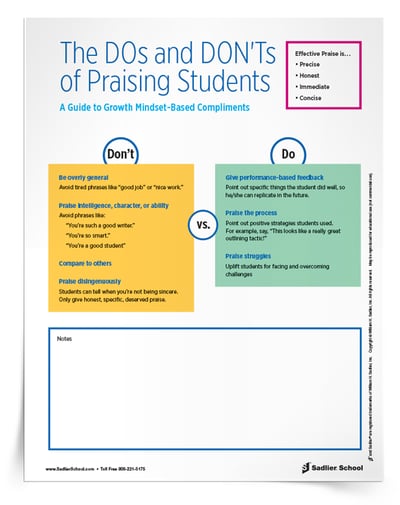
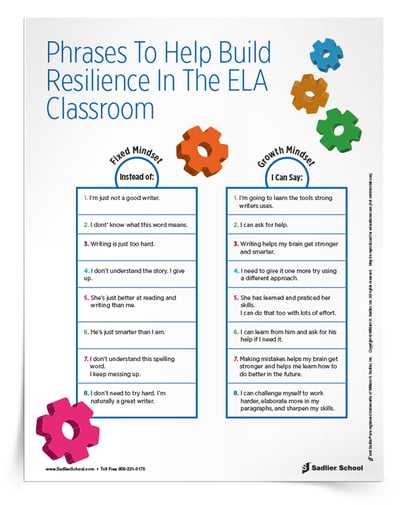
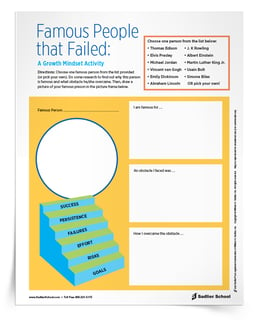 One of the main differences between those with a fixed vs. a growth mindset is the way they respond to challenges and failures. With a firm growth mindset in place, you begin to see your failures as opportunities to learn and improve in the future. Help you students see the benefits of a growth mindset by researching famous figures who, when faced with difficulty or defeat, met their obstacles head on.
One of the main differences between those with a fixed vs. a growth mindset is the way they respond to challenges and failures. With a firm growth mindset in place, you begin to see your failures as opportunities to learn and improve in the future. Help you students see the benefits of a growth mindset by researching famous figures who, when faced with difficulty or defeat, met their obstacles head on.